Category: microelectronics
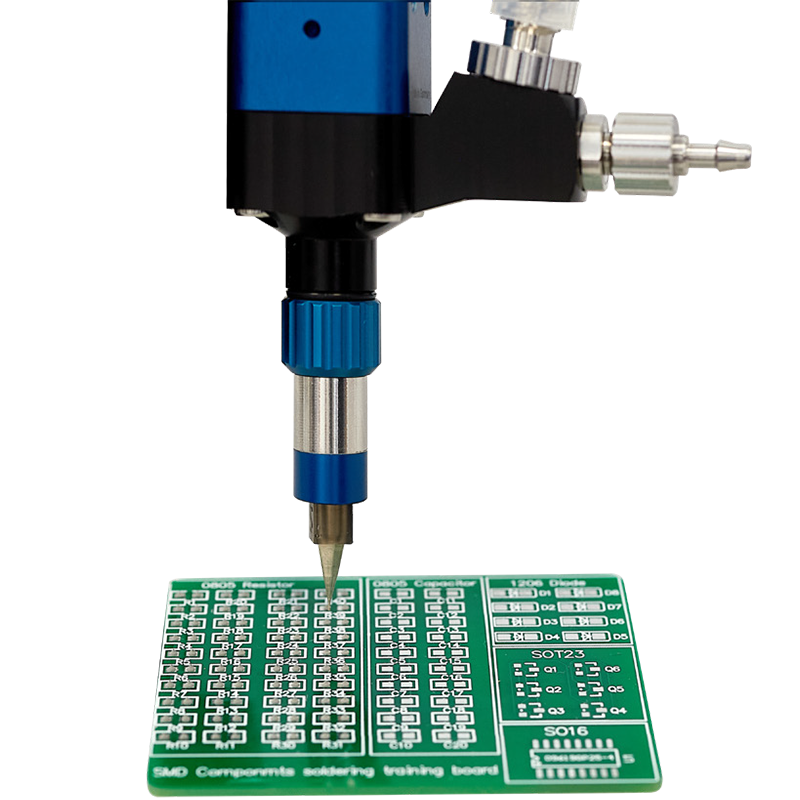
The most precise volumetric liquid dispenser now available
Designed specifically for small volume fluid or liquid dispensing applications, the eco-PEN XS 180 doses highly precise quantities of various materials in the nanolitre and microlitre ranges. The eco-PEN XS 180 is suitable for both line and dot dispensing, with bead widths starting from >0.1 mm, and an adjustable dispensing rate to suit the run […]
Read More
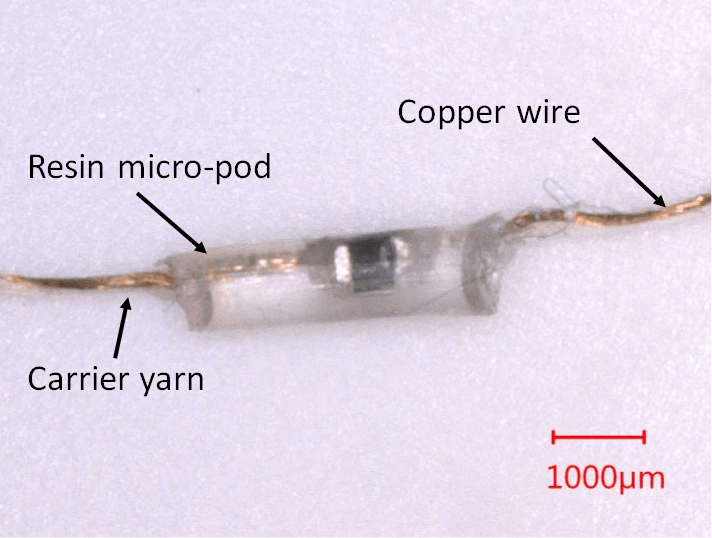
Case study: developing electronic textiles with UV curing
Recent advances in semiconductor and microelectromechanical systems (MEMS) have reduced both their size and cost. The Advanced Textiles Research Group at Nottingham Trent University is incorporating these components into the yarn-making stage to broaden the possibilities for electronic textiles into areas like temperature sensing, medical monitoring, motion sensing, energy harvesting and illumination. By incorporating the […]
Read More
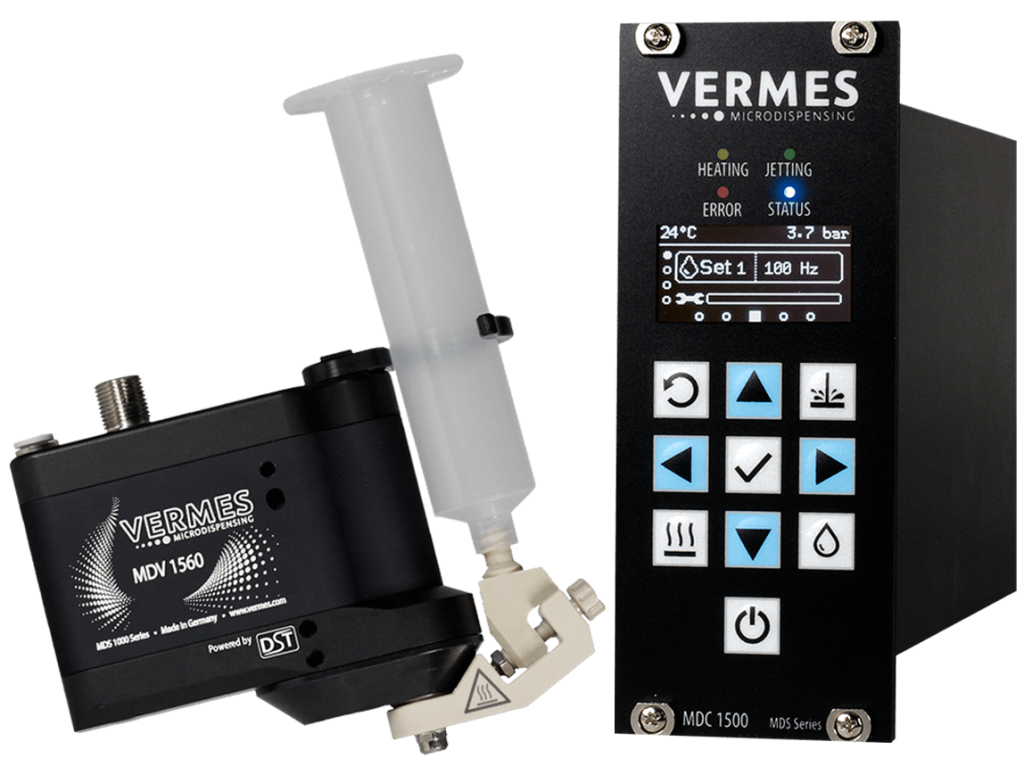
New product: Vermes Microdispensing Jetting Valve System with DST
Our partner, VERMES Microdispensing, a world leader in the design and manufacture of innovative microdispensing concepts and systems, has introduced DST – Dynamic Shockwave Technology. Applied to jetting valve technology for the application of fluids and pastes, DST is an enabling move forward. Dynamic Shockwave Technology stands for a revolutionary actuator principle. Through optimised channel […]
Read More
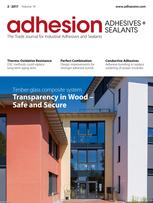
Adhesive bonding can replace soldering in power modules
Adhesive bonding of power modules can often be an alternative to usual joining techniques. Epoxy-based adhesives can generally produce high-strength and stable connections. Whether this also applies to the high requirements in power circuits was the subject of a research project recently performed by the IMTEK Department of Microsystems Engineering and the IESY Institute of […]
Read More
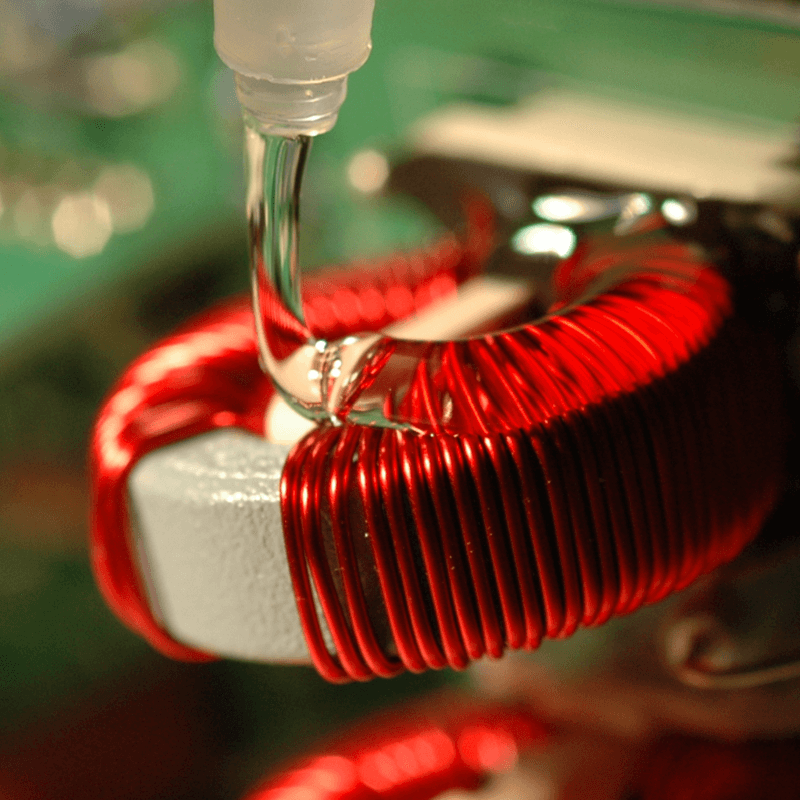
Epoxy adhesives & potting compounds for specialist applications
The new Polytec PT brochure offers information on specialist epoxy resin adhesives and potting compounds for electronics, electrical engineering, optical and medical industries. It details high strength optically transparent epoxies, including formulations with flexibility in the Shore A range. Medical device manufacturers will find products which are biocompatible and tested to USP Class VI. These materials […]
Read More
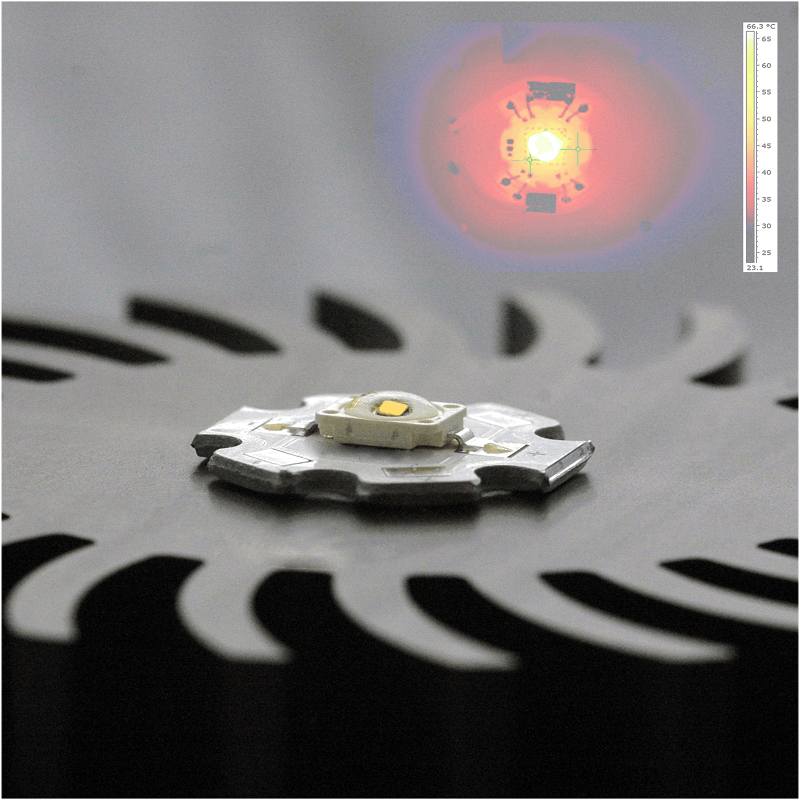
New guides to electrically conductive & thermally conductive adhesives
We have issued two new guides which offer an introduction to the Electrically Conductive Adhesives and Thermally Conductive Adhesives produced by Polytec PT. Each guide gives a descriptive overview of the technology involved and related product applications in industries such as microelectronics, electrical engineering, power engineering and general energy. New, next generation technologies are introduced. Conventional […]
Read More
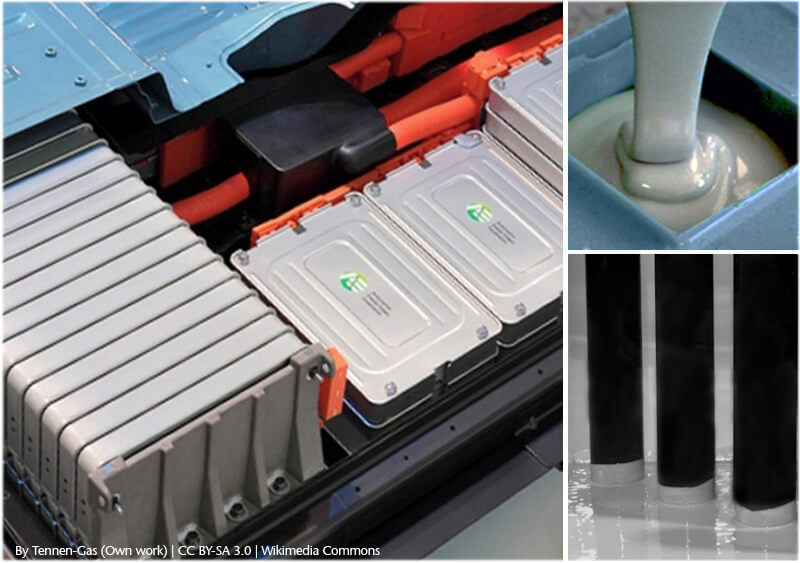
Thermally conductive materials for electric and hybrid vehicle batteries
Thermally conductive adhesives may become a key technology for boosting the mass production of electric and hybrid vehicles and batteries. That’s the view of our partner Polytec PT, manufacturer of specialist adhesives which we recommend for many automotive (and other) electronic applications. The ability to ensure a secure and durable battery system may demand robust fixing, […]
Read More
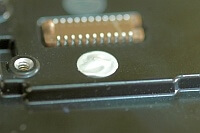
Electrically conductive flexible adhesive
Polytec PU 1000 is a single part adhesive which cures quickly at room temperature to a flexible, electrically conductive polymer. It can replace traditional epoxies which are typically rigid and require high temperature cure, giving production efficiencies and enabling new applications where pliability and conductivity is important. Polytec PU 1000 addresses applications in die attach, bonding of […]
Read More
Material mixing and dispensing prove key for LED production quality
British LED manufacturer Plessey Semiconductors have successfully made the transition from the manufacturing development phase (where manual methods of material preparation and application often suffice) to full production by employing some of our automated mixing and dispensing technologies. Carl Withers, Plessey’s Assembly Development Team Leader, explained: We develop leading edge LED technologies, based on Plessey’s […]
Read More
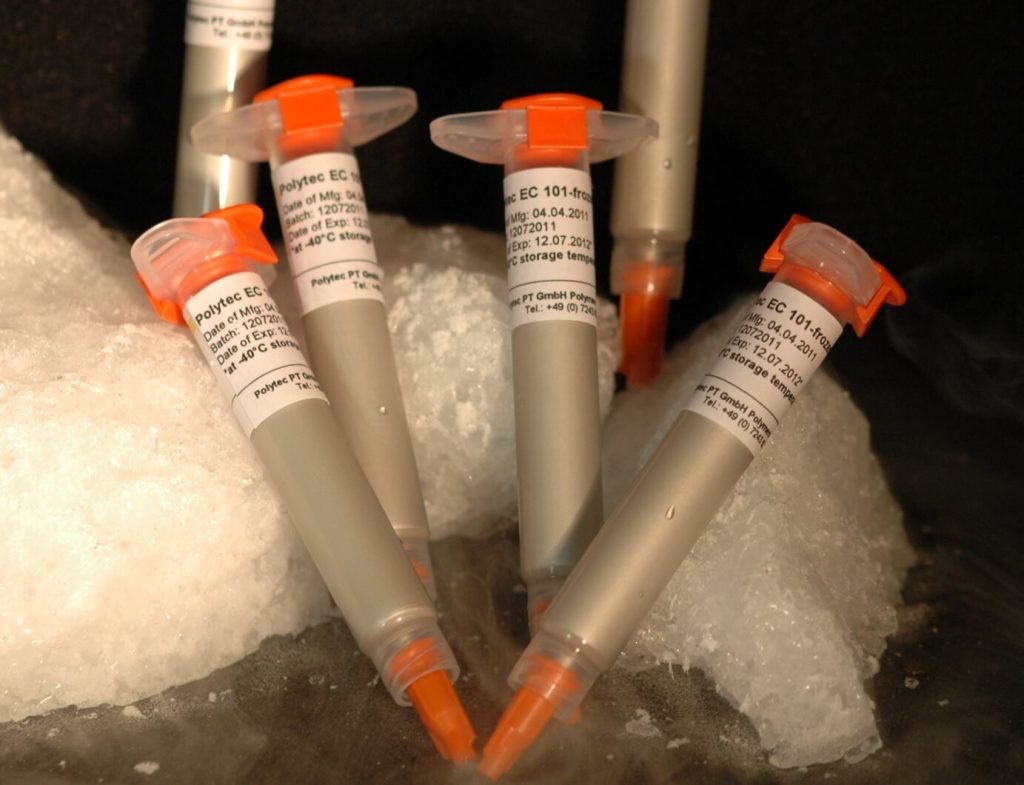
adhere academy: best surface finish/metallisation for conductive adhesives
We see many requirements for an electrically conductive bond formed with an adhesive. They vary from the micro (flip chips onto pcb’s, die-attach) to macro (wires onto sensors), and the range of projects is substantial. Often, our customers would like to use the adhesive in place of solder. The reasons include temperature restrictions, geometry, process […]
Read More
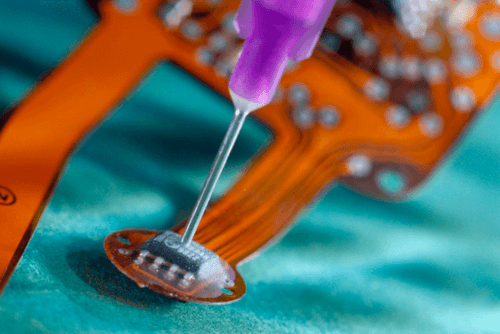
UV light and rapid moisture cure electronics encapsulants
The Dymax 9100 series of light/moisture-cure electronics encapsulants are for protection of small areas of pcb’s where sensitive components can be encapsulated or “glob topped”. What makes them different is that DYMAX Dual-Cure 9101, 9102 and 9103 now have a rapid secondary moisture cure for shadowed areas. The additional curing process gives a more secure cure […]
Read More
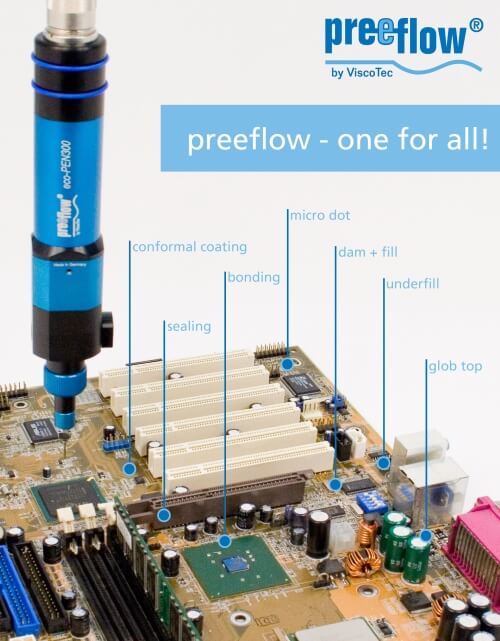
Precision dispensing for electronics assembly
In the competitive world of electronics assembly, the demand for greater precision and repeatability of adhesive dispensing within ever smaller and denser pcb real estate is addressed by our partnership with preeflow – and our team application experts with leading edge products. By utilisation of preeflow endless piston technology to optimise the adhesive/dispensing process, it […]
Read More
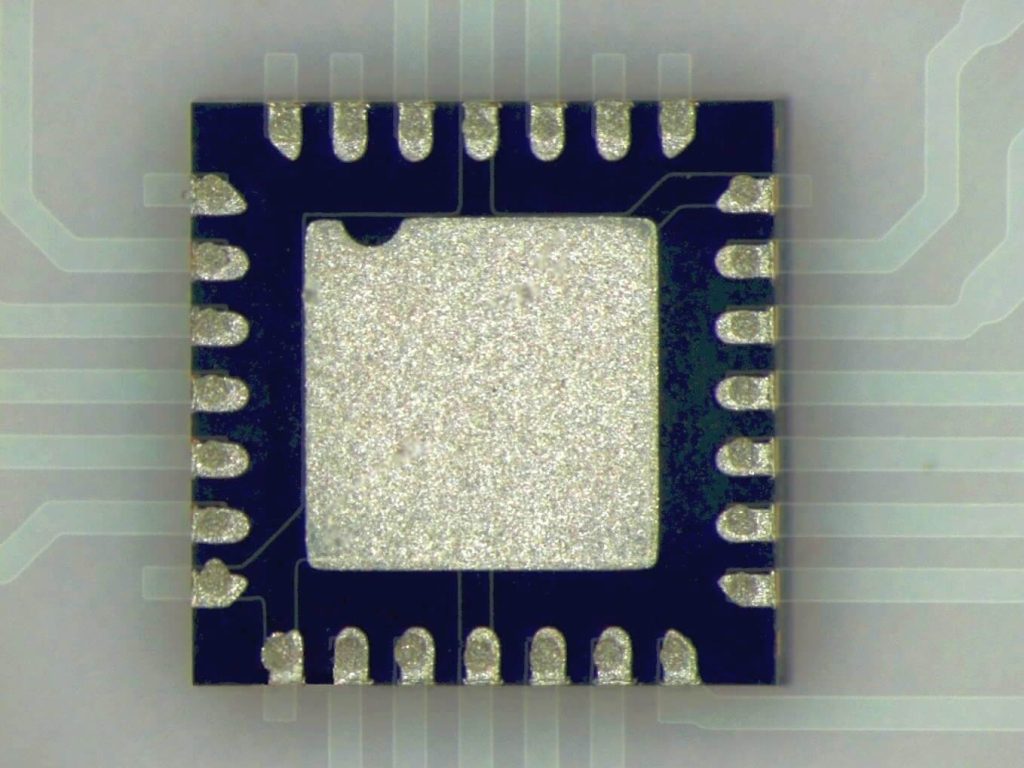
Innovative electrically conductive adhesive
Polytec EC 275 extends our portfolio of specialist high performance conductive epoxies and adhesives. Polytec EC 275 has innovative specialist fillers which deliver excellent electrical conductivity (1×10-3 – 7.5×10-4 ohm-cm) within a low cost, two component formulation for applications in electronics, micro-electronics, opto-electronics, hybrids and sensor technology. Electrically conductive adhesives are widely used in the electronics […]
Read More
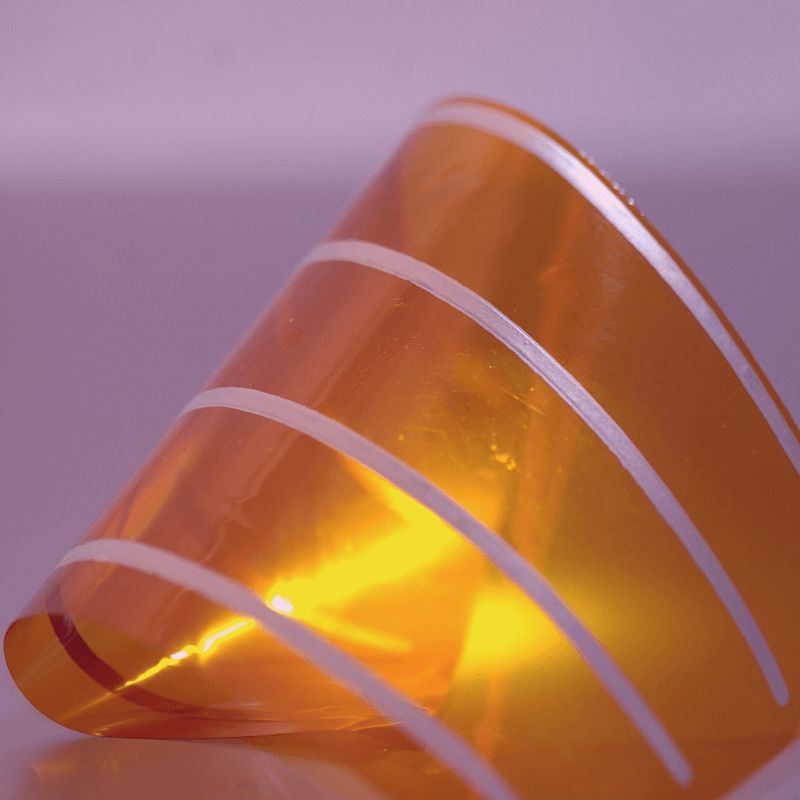
Flexible, room temperature cure, electrically conductive adhesive
Polytec PU 1000 is an electrically conductive, polyurethane adhesive which addresses applications in die attach, bonding of components in hybrid circuit applications and surface mount technology (SMT); areas where silver filled electrically conductive adhesives have been used for many decades. Usually such adhesives are epoxy-based, and are two-component or premixed and frozen single-component systems – […]
Read More
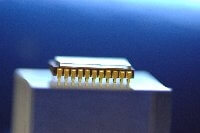
Thermally conductive adhesives
We now offer a range of high technology, thermally conductive adhesives. The products are two-part and single-part epoxy systems designed for all applications where heat transfer is essential, including heat-sinking and ceramic packaging. Polytec PT Thermally Conductive Adhesives are available in a wide range of process friendly packaging options, including bubble-free syringes, pre-measured twin-packs and single […]
Read More

Precision metering, mixing and dispensing of two part adhesive and resin systems
The preeflow® eco-DUO450 is a two-component precision volumetric, positive displacement, dosing/mixing/dispensing system that gives you accuracy and repeatability. The preeflow eco-DUO450 uses the precision dispensing technology of the preeflow eco-PEN – by integrating two eco-PENS through a manifold and a static mixing nozzle, and provides extremely precise metering, mixing and dispensing of critical two-part materials like epoxies and silicones. The preeflow® eco-DUO450 can dispense as […]
Read More
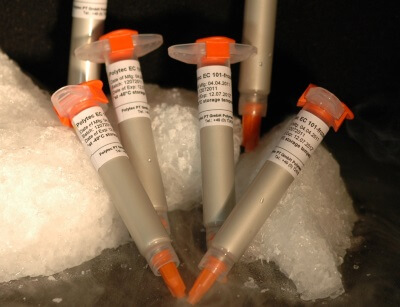
Electrically conductive, silver-loaded adhesives
We are now able to offer a range of high technology, electrically conductive adhesives. The products are two-part and single-part epoxy systems designed for electronic interconnects in a wide range of applications, including hybrid electronic assembly and solder replacement. These adhesives are primarily silver-loaded. Polytec PT Electrically Conductive Adhesives are available in a wide range of […]
Read More

Electrically and thermally conductive adhesives – new products!
We are very pleased to announce that we have signed a distribution agreement with expert German adhesives manufacturer, Polytec PT. Polytec PT offers a range of high technology adhesive products for micro-electronics, hybrid circuits, chip-on-board (COB), LEDs, component manufacture, displays, flexible circuitry, shielding, medical devices and optics/opto-electronics. The range consists of: Electrically conductive adhesives Thermally […]
Read More
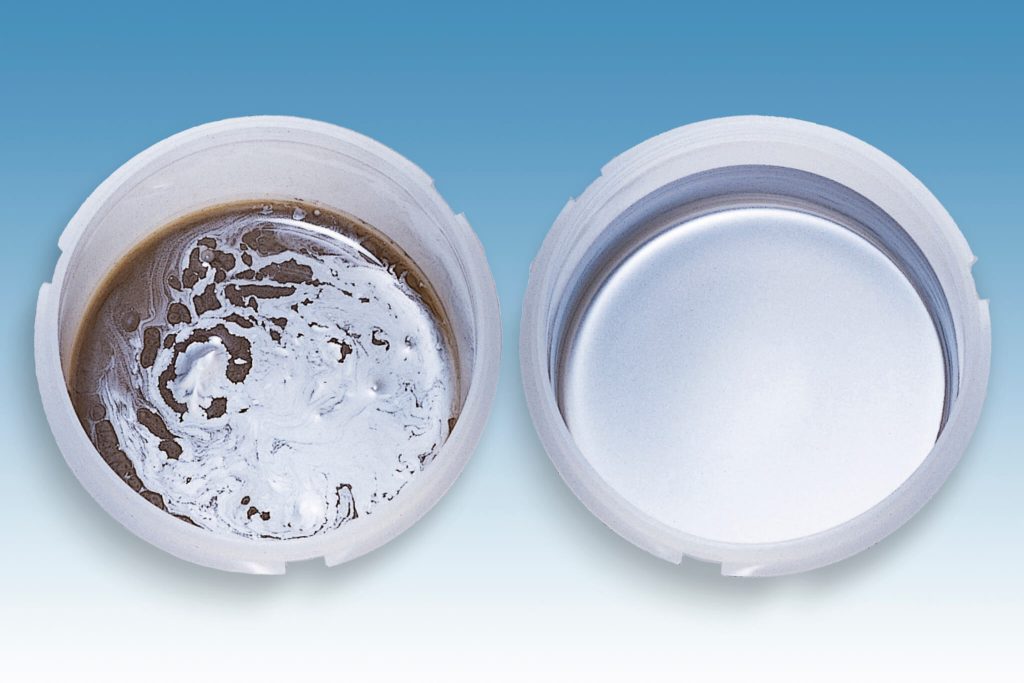
Homogeneous mixing of conductive adhesives and pastes
Some materials – like silver-loaded pastes, adhesives and inks – can suffer degradation in storage. This can easily be rectified by re-mixing and degassing, quickly achieved by use of the Thinky series of planetary mixers. Particles of silver of a high specific gravity settle down during storage and are difficult to disperse evenly by manual mixing. […]
Read More
